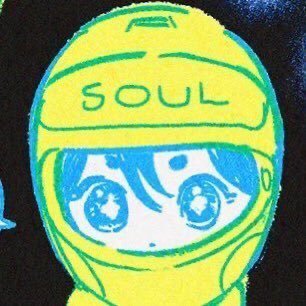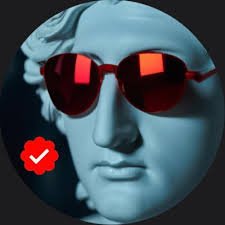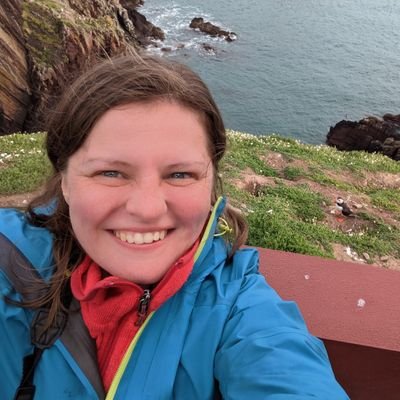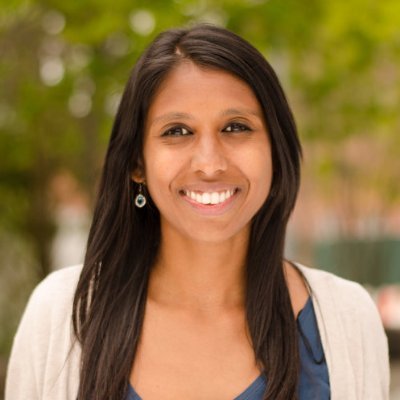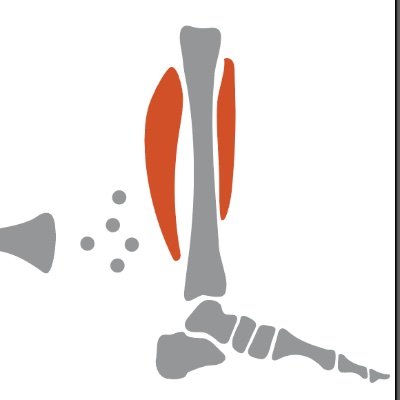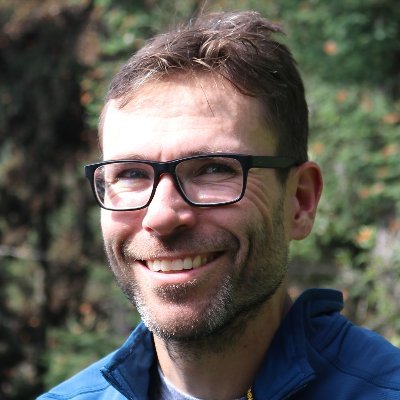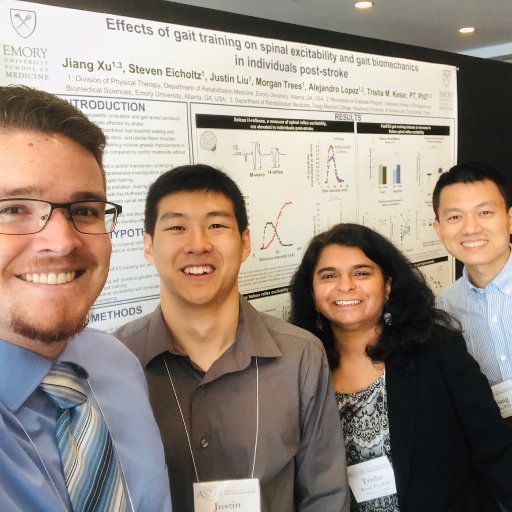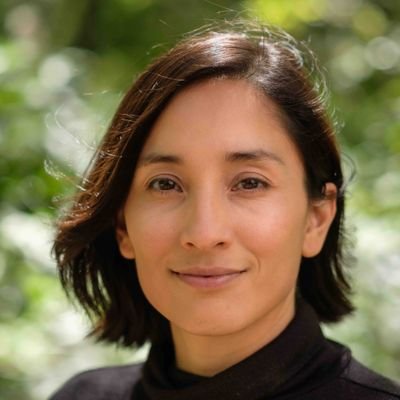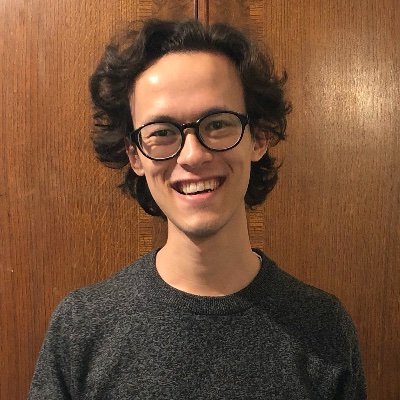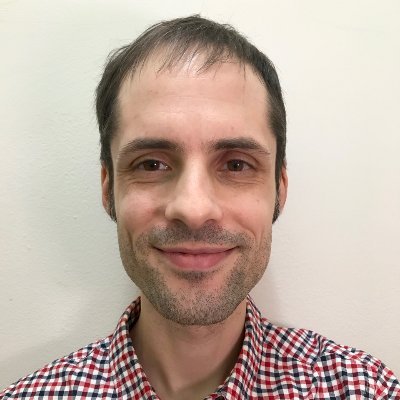
Chris Rodgers
@chrisXrodgers
Followers
1K
Following
2K
Media
68
Statuses
2K
Asst Professor at Emory University, researching how the brain and body enable us to learn about the world
New York, NY
Joined October 2018
1/7 First #preprint from my lab just posted! Team effort from the entire lab - think of it as our debut. New behavior to ask how hearing is integrated with free movement of the whole body. Mice surprisingly resilient to #hearingloss, in an unexpected way
biorxiv.org
How we move our bodies affects how we perceive sound. For instance, we can explore an environment to seek out the source of a sound and we can use head movements to compensate for hearing loss. How...
9
31
129
> technology has improved this means we can tesselate polygons with more sides now in the making of stealth aircrafts,,,, https://t.co/0vdqyBh3Me
@__femb0t It was because the computers of the time could only simulate so many triangles The F-35 has almost the same RCS because computers now have a bigger capacity of triangles and technology has improved
2
1
10
clarification on pt 2.. Who you voted for is NEVER public. Other info (e.g., whether you're registered) may be public, depending on state. Regardless, politicians can use exit polls to determine which demographics tend to show up. https://t.co/13sLVliiUO.
0
0
1
3/3) We can't take the right to vote for granted. Maybe it feels less valuable bc it seems like it will always be there, but the barriers to voting are increasing. The good news is that lots of people are working very hard to make sure we keep that right. They need us to show up!
1
0
2
2/3) It's public record who votes. Politicians dig into that data. Next election, they're likely to develop their policies for the demographics who are likely voters, not for those who don't show up. For example, young people historically vote the least. Let's change that.
1
0
3
1/3) We're not just voting for pres, but also Congress, state house, local gov, & props. Congress determines how much the president can get done. Local gov directly affects your day-to-day rights. These races aren't polled very much, so they could be close in ANY state.
1
0
2
Some of us are excited to vote this year. But others aren't: maybe they don't like their choices, feel worn out and uninspired after a long campaign, or question whether it even matters. Here's 3 reasons to vote that apply to ALL eligible voters in ALL states:
2
0
9
Interested in applying to the Emory Neuroscience Graduate Program? 🧠 @neurophd_emory Attend the Virtual Open House on October 30th at 5PM EST to receive a fee waiver for your application! RSVP: https://t.co/LbBffDnRgX Spread the word, and reach out with any questions!
forms.office.com
1
10
16
At APAN? so are we! Very excited for the phenomenal @NishanShettigar to present our foray into auditory neuroscience, poster B3!
2
2
7
Papers reporting the fly whole-brain connectome were published in @Nature today 🎉 and it was my honor to write a News and Views about them Congrats to @sdorkenw, @SebastianSeung, @MurthyLab, @gsxej, and the @FlyWireNews team! + great 🧵 below from David https://t.co/3lUtIu70NV
nature.com
Nature - A connectomic map of the entire fly brain.
Here it is! A huge milestone in neuroscience – the complete connectome of the fly brain from the FlyWire team (@FlyWireNews). In this special issue, we have 9 research articles. I’ll try to summarize them in a couple threads starting here 🧵
3
23
121
Hey we are hiring! Would love to have some colleagues at Emory in BME working in sensorimotor systems and related technologies that cross the basic/clinical divide!
2
24
47
Our latest article on how animals use medicine is now out in @CurrentBiology. In this primer, Mike Huffman and I discuss the fascinating ways in which animals heal themselves - and how to study them. Freely available now: https://t.co/MvzxIlo9TW
0
1
5
First paper from the lab https://t.co/yvuD1t7oYQ! Long story short: @ezeyulu00, @AmartyaPradhan, @DKoveal and I developed a method using injectable nanoparticles to turn mice into…constellations in motion.
biorxiv.org
Behavioral quantification is a cornerstone of many neuroscience experiments. Recent advances in motion tracking have streamlined the study of behavior in small laboratory animals and enabled precise...
3
17
62
(11/n) I am sharing this so you don’t learn this lesson the hard way. Many people in our lives shape us. Reach out to them - let them know what you think now.. and I just regret I missed the opportunity to hug Amitabh one last time.
5
5
94
This paper (the last major paper of my PhD work) is now out! TLDR; LEC LII PV interneurons are uniquely susceptible to human APP! https://t.co/p89Q4uqTRe See prior thread for details, but don’t miss the newly added in vivo figure (courtesy of Reviewer request) 😊
nature.com
Nature Communications - In this study using an adult-onset mouse model of Alzheimer’s pathology, we uncovered a neuron-type-specific mechanism responsible for region-specific circuit...
1
3
27
🚨DEADLINE EXTENDED 🚨 For any undergraduate neuroscience student who wishes to participate in the Black In Neuro SURP Symposium. You have till Monday September 2,2024 to sign up! Don't miss your chance to present at this year's event! Application Link: https://t.co/QQCVIj4FbB
0
36
25
So proud of @TanielWinner on her publication showing individual differences in gait dynamics signatures across walking speeds! A product of our collaboration with @gordonberman & @NeuromechanicsL catalyzed by a 'winning' #BME PhD student (now Doctor)! https://t.co/uQ1ufUF3bO
nature.com
Scientific Reports - Gait signature changes with walking speed are similar among able-bodied young adults despite persistent individual-specific differences
0
5
22
Our paper on sound-seeking and hearing loss has now been published at Sci Rep! Moving forward, we plan to use this behavioral platform to study neural circuits for healthy hearing and resilience to #hearingloss
nature.com
Scientific Reports - Sound-seeking before and after hearing loss in mice
1/7 First #preprint from my lab just posted! Team effort from the entire lab - think of it as our debut. New behavior to ask how hearing is integrated with free movement of the whole body. Mice surprisingly resilient to #hearingloss, in an unexpected way
3
6
39
Feeling energized after reading PLAYING WITH REALITY. @kellybclancy's neuro-basis exploration of our naive optimism in game theory and its influence on AI is an absolute delight and an all-time favorite read.
0
3
6
Moths are attracted to lights because of the same mathematics that underlies twistor theory and compactification in theoretical physics: projective geometry. It all starts from a simple observation: translations are just rotations whose center is located "at infinity". (1/11)
79
679
5K


